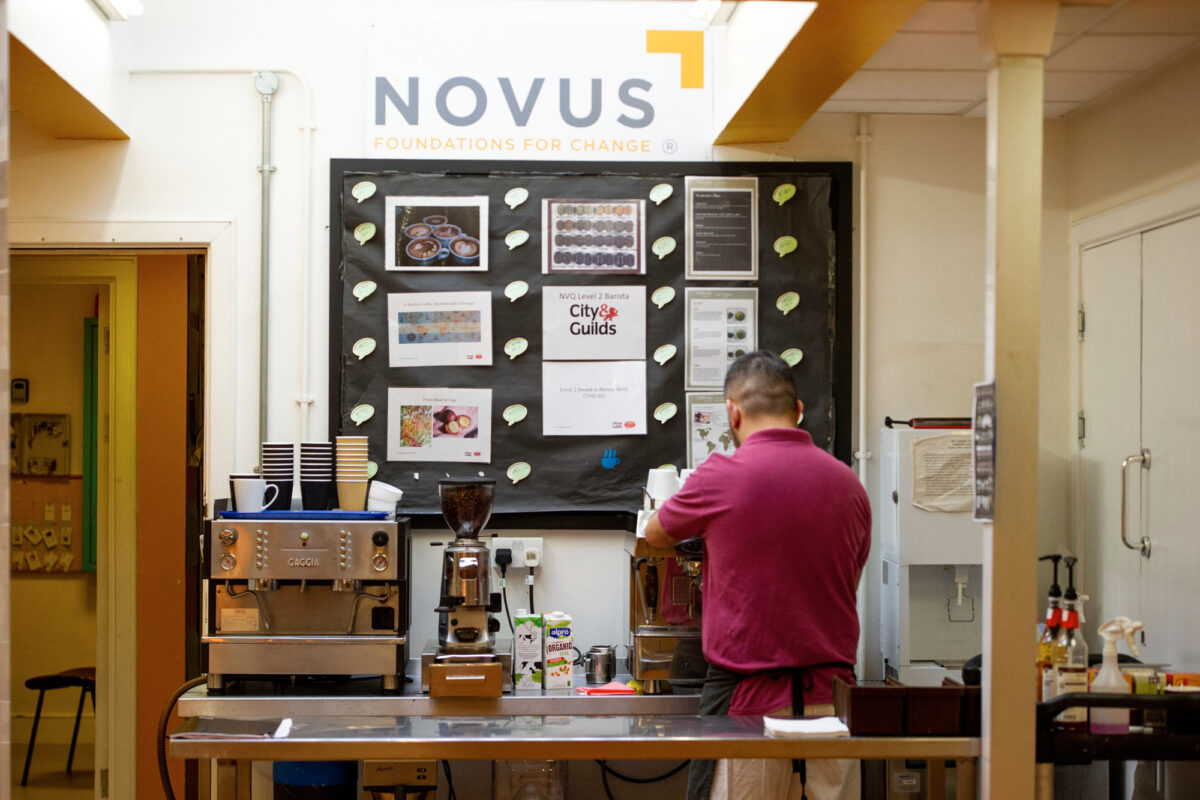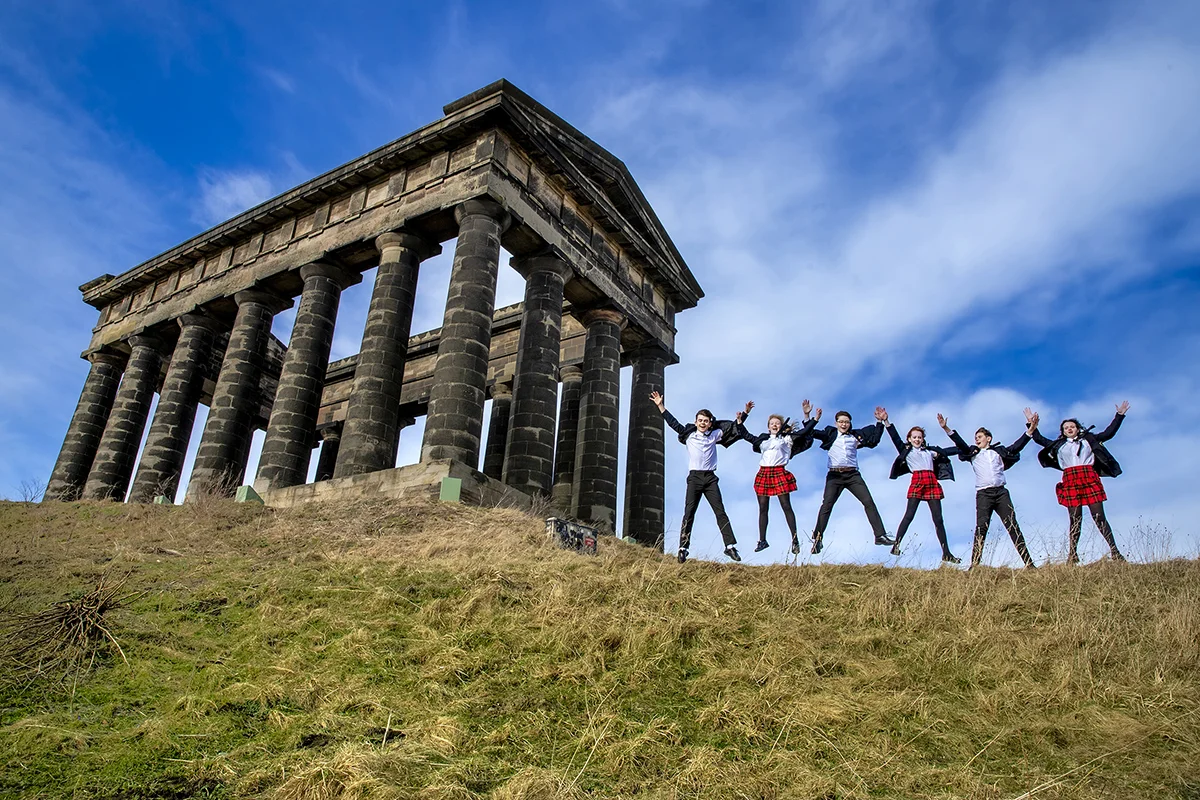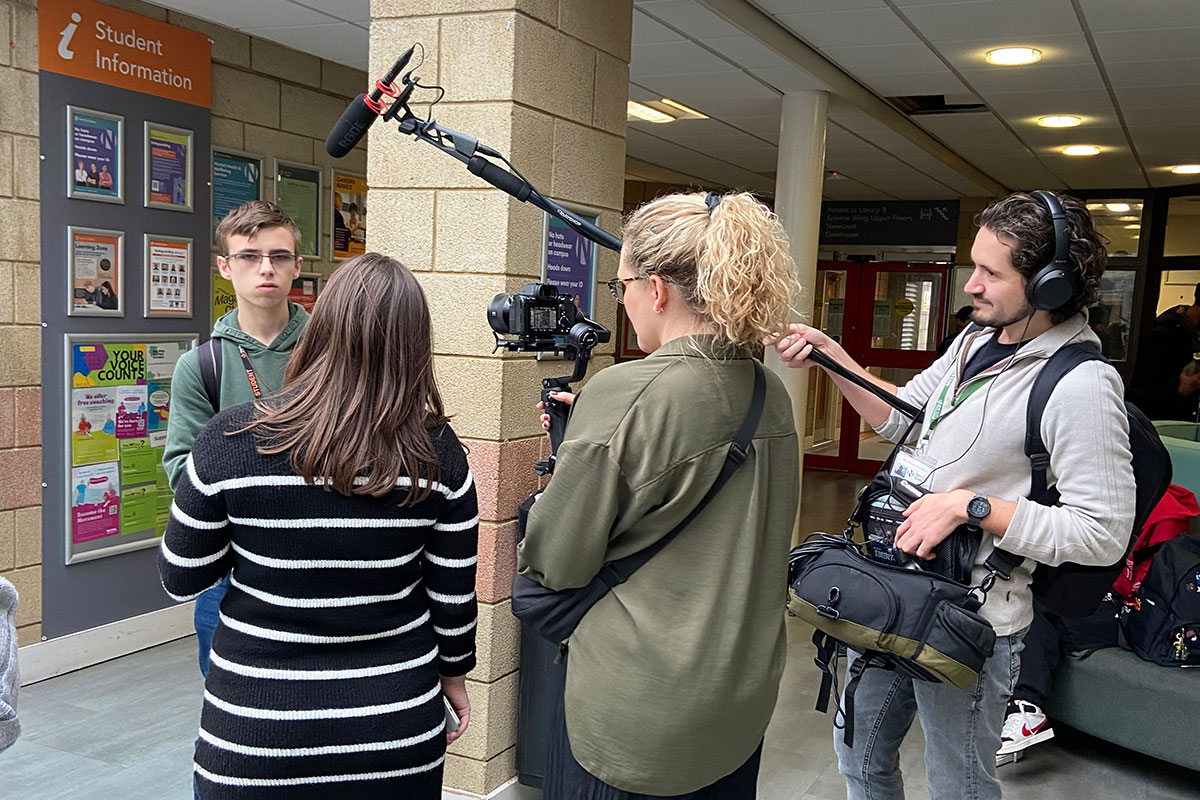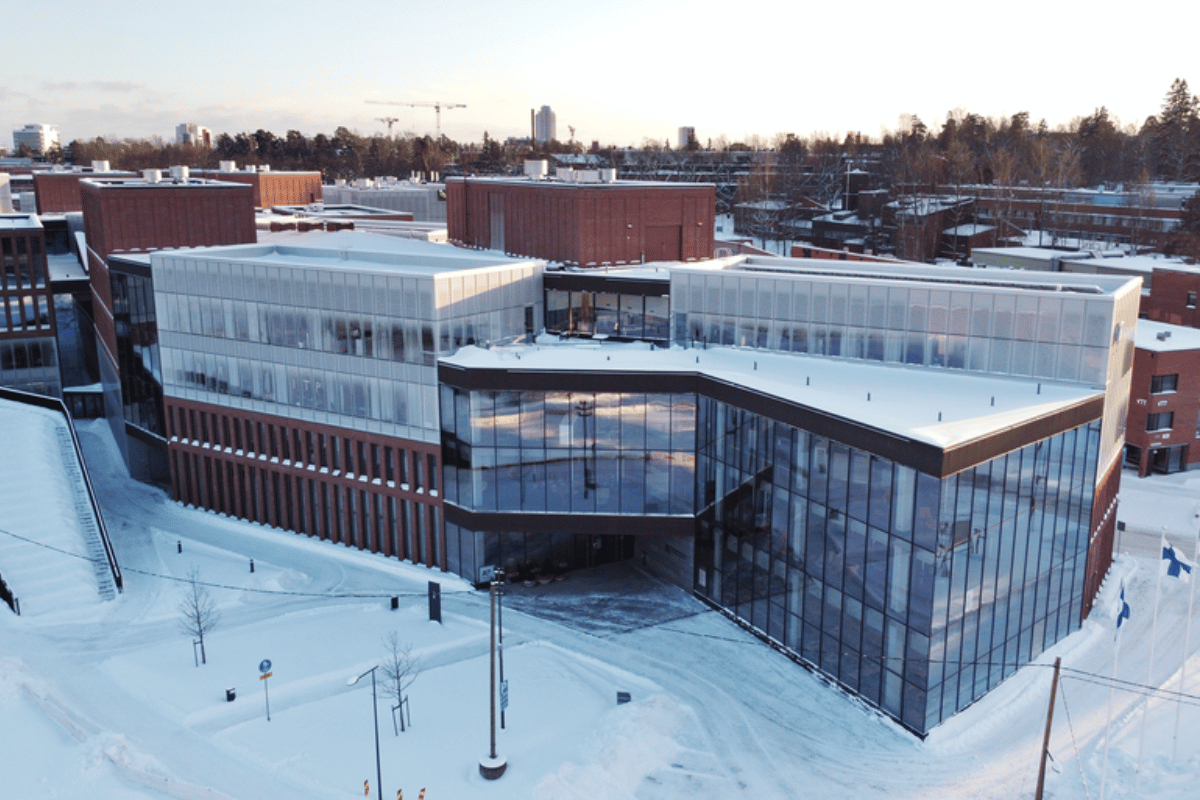University of Winchester academic unearths secret story of botanic garden

The contribution to the world of botany made by enslaved Africans and indigenous people on a Caribbean island is now being recognised fully after work by an academic from the University of Winchester.
Thanks to research led by Dr Christina Welch, the St Vincent Botanical Garden, the first botanical garden in the western hemisphere, has a new pop-up exhibition explaining its history.
Christina returned recently from the island where she has been helping to set up the display entitled ‘Unearthing the Hidden Stories of the St Vincent Botanical Garden’.
It tells the story of how Scottish horticulturist Dr Alexander Anderson, superintendent of the gardens from 1785-1811, used not only the labour but the knowledge of the enslaved peoples to create a globally important plant collection covering 20 acres.
Shortly after his arrival Anderson realised the neighbouring plots cultivated by the enslaved Africans for their own use were far more productive than those cleared by the white landowners.
So, Anderson followed the Africans’ lead of retaining shaded areas. Using this system, the Garden flourished and grew from around 60 plant species in 1785 to more than 1,300 by 1806.
Christina’s research also shows that many of the plants ‘discovered’ by Anderson were actually brought to him by local people.
“Anderson also drew on the plant knowledge of local peoples, the people now called the Garifuna and Kalinago, and when travelling used indigenous peoples to help him locate plants, and sometimes medical cures,” said Christina.
“He talked in his writings about taking enslaved Africans on his travels too, so we know his scientific findings relied heavily on both Indigenous and enslaved African knowledge systems as well as their labour.”
Originally the Garden had been intended to grow plants for medicinal use for the British Army whose main foe in the West Indies was disease and Anderson was employed by the Ministry of War.
However, with his team of enslaved Africans, Anderson created a nursery for the Empire, sending out plants and seeds all over the world.
Christina’s research was one of 10 projects funded by the Humanities Research Council under the umbrella title Hidden Histories of Environmental Science.
She came across the story of the Garden while researching the neighbouring small island of Balliceaux as part of her ongoing studies in death and bereavement.
Balliceaux is ‘an island of death’ where the remains of 2,000 Garifuna people are buried. The Garifuna, the descendants of African slaves and the indigenous people of the area, were killed by the invading British during the first and second Carib Wars.
In addition to his plants, Anderson wrote about the war in his extensive journals.
The Anderson archives, including a plant catalogue running to more than 700 pages, are held by the Linnean Society, Kew Gardens and the Natural History Museum in London – thousands of miles from St Vincent.
As part of Christina’s project much of this valuable archive has been digitised.
In addition to the text, there are many fine illustrations by John Tyley, an artist of mixed race from Antigua, who unusually for this time signed his work.
Anderson’s writing provides a window not only onto the development of the Garden but the views on class and race at the time.
“I was expecting quite a dry natural history but there is a mass of fascinating information to be had by reading between the lines,” said Christina.
One example is Anderson’s enlightened attitude to what we would now call climate change caused by large tracts of land being cleared for sugar plantations.
“He is very much against the sugar mono-culture and he notices how it is effecting the cloud formations over the mountains,” said Christina. “In some respect he was a very modern man.”
The pop-up exhibition was unveiled at Kingstown Cathedral, a few miles from the Garden, which is the burial place of Anderson. As part of the event Christina gave a presentation on her research.
Rodica Simmons-Tannis, Deputy Director (Ag.) of the St Vincent and Grenadines
National Parks Rivers and Beaches Authority said: “The presentation and exhibition was well received at the National Parks, Rivers and Beaches Authority as well as with our other stakeholder agencies.
“The research work done by Dr Welch on Alexander Anderson period at the SVG Botanical Gardens, has really been enlightening, and it has started some interesting discussions among agencies and our local historic society about accessing information about our history.
“We are planning to use the banners for exhibitions, school programs and enhance the visitor interpretation for the Botanic Gardens.”
In the UK another edition of the exhibition has gone on display in Anderson’s hometown of Dundee and at the museum at High Wycombe, which is home to this country’s largest number of people of St Vincentian descent.
The project has been a collaboration between The University of Winchester, The Linnean Society, The Royal Botanical Garden Kew, The Natural History Museum, the Antonio Carluccio Foundation, the Museum Detox Interpretation Group, and the St Vincent and Grenadines National Parks, Rivers and Beaches Authority.











Responses